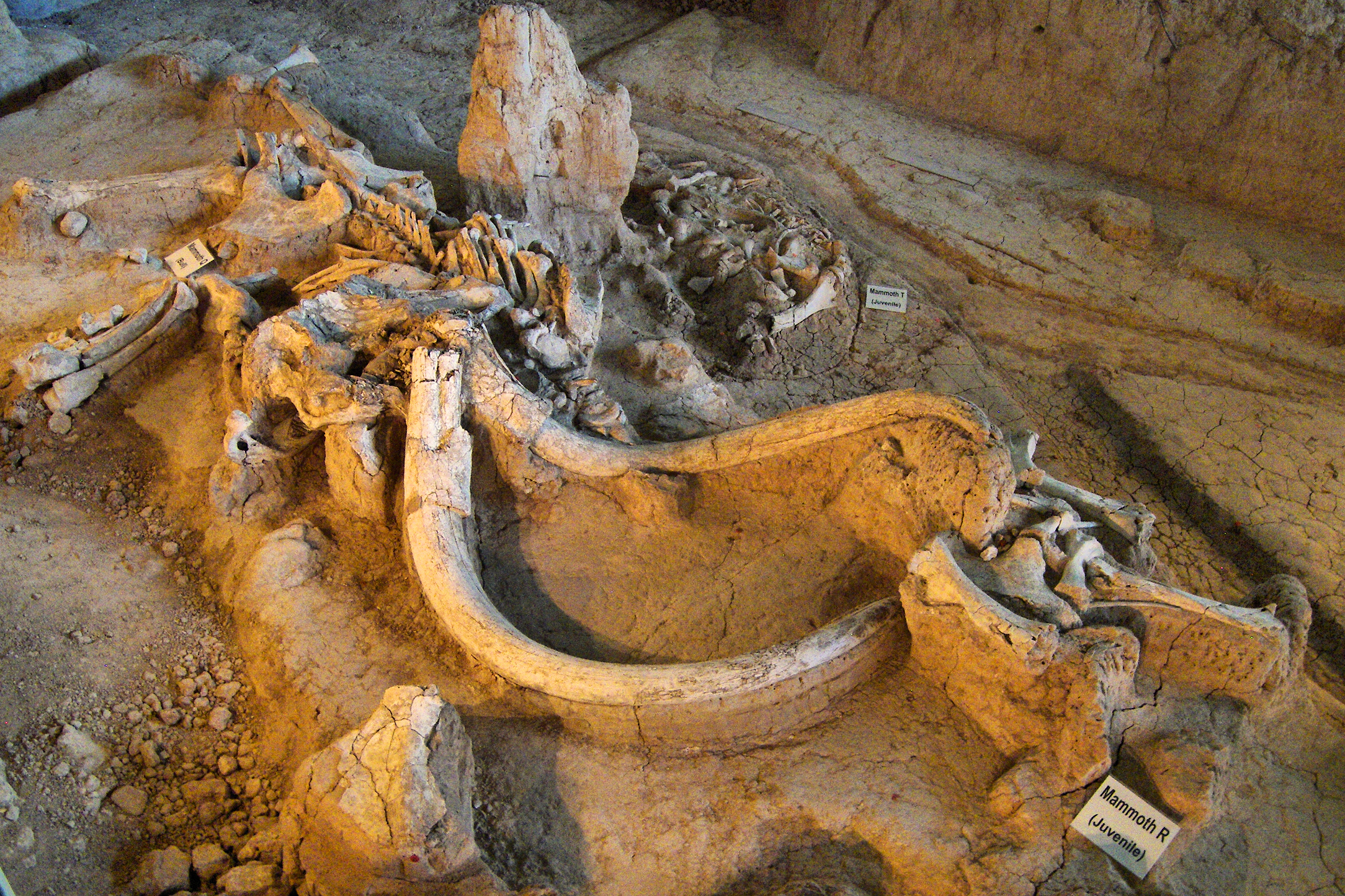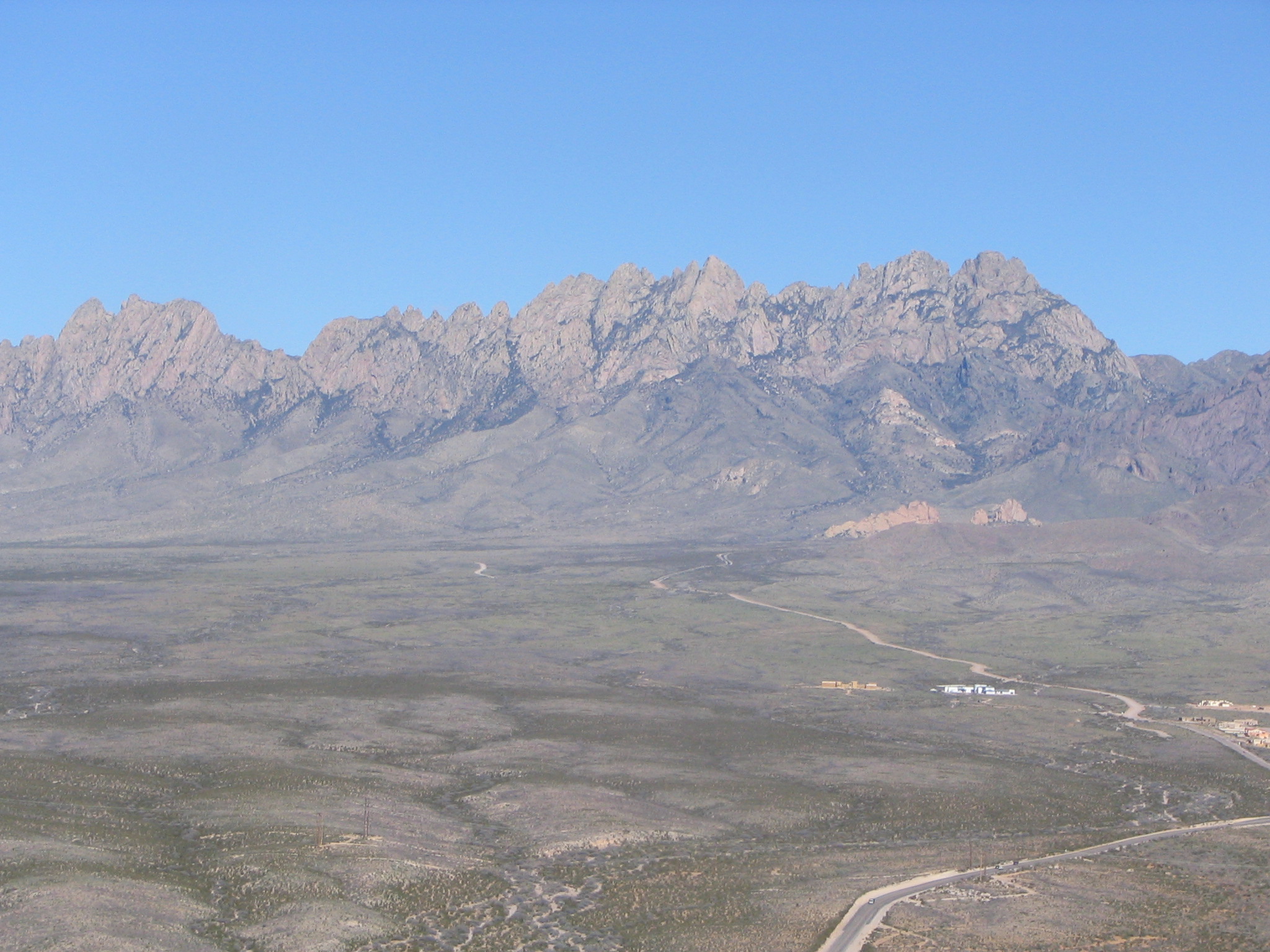President Barack Obama declared three new national monuments in California—Mojave Trails, Sand to Snow, and Castle Mountains, all of them located in the Mojave Desert area—last week, placing 1.8 million acres of land under potentially stricter protection. Before this, he had either created new or expanded existing national monuments more than a dozen times, equaling another 1.8 million acres. By the numbers, that makes Obama America’s greatest land-protector president. He outstrips even Theodore Roosevelt, who protected the Grand Canyon and famously signed the Antiquities Act, which made it possible for presidents to declare national monuments without Congress’ approval.
But what happens to regions that become national monuments? Do their conditions improve? Below, we took a look at three contrasting sites Obama recently made into national monuments, to find their near-term fates. It’s clear a “national monument” designation means very different things for different places. Whether it helps conservation organizations and nearby towns meet their goals for the land depends on what the monuments’ managers do with their newfound fame.
ICE AGE MAMMOTHS IN TEXAS

The Waco Mammoth National Monument, at the northern edge of Waco, Texas, holds the fossilized remains of at least 19 Ice Age mammoths. Pretty cool. Obama’s designation made seven acres of land part of the National Park System. The change was apparently a big difference-maker to this small attraction. “The Waco Mammoth National Monument has seen its attendance doubled, its staffing increased and its tour prices slashed since it became part of the national parks system in July,” the Waco Tribune-Herald reported last month. Site director Raegan King attributed the park’s soaring popularity to its upgraded designation. “We have people who seek out national parks and come to Waco just for that,” she told the Tribune-Herald. Officials hope that, by the end of the year, they’ll have a 10-year plan for the park, and will be able to start construction on a larger visitor center and fundraise for a new children’s center.
Our takeaway: The national monument declaration seems to be a real positive for Waco Mammoth. It helps that the park is generally uncontroversial. The monument is small and has not received additional federal funding due to its new designation. Instead, it’s getting money from private fundraising and a budget share with nearby Lyndon B. Johnson National Historical Park.
A NATIONAL MONUMENT FOR THE HOME OF HOLLYWOOD

At the opposite end of the spectrum, Obama’s declaration of 350,000 acres of Los Angeles’ San Gabriel Mountains seems to have brought little change—and a lot of disappointment—to the area.
“Nearly a year after he upgraded Southern California’s mountainous backyard to national monument status, with a promise of a cleaner and safer wilderness, little has changed,” the Los Angeles Times reported in August. “Trash, broken beer bottles and other blight were present in abundance. Porta Potties and interpretive signs were covered by graffiti. Ravens pecked at dead snakes and squirrels that had been run over by drivers along a two-lane road.”
That’s unfortunate, as the San Gabriel Mountains were placed under protection with an especially important mission in mind: The mountains are close to the homes of millions of minorities and children in Los Angeles who otherwise have little access to natural areas. Conservation groups say the problem is that the Forest Service isn’t treating the mountains any differently than it did before, leaving old problems unsolved, the Times reports.
HALF A MILLION ACRES PROTECTED IN NEW MEXICO

The Organ Mountains-Desert Peaks National Monument in New Mexico covers nearly 500,000 acres of dry, distinctive landscape. Just like in Waco, officials with Organ Mountains-Desert Peaks think the “national monument” designation has brought them more visitors, KRWG reports. While that has stimulated the local economy, officials could still do more, according to New Mexico State University economist Chris Erickson, who told KRWG the mountains “are a completely undeveloped asset.” Erickson suggested building more hiking and biking trails to draw tourists, as well as a more coordinated marketing campaign.
Some plans for interpretive signs and guided hikes are already underway, the Los Angeles Times reported in January. Meanwhile, the designation may have staved off another type of development. “From atop Picacho [Peak], I saw how closely development in western Las Cruces crept toward the peak and the former mail trail, sites now protected for future generations,” Times reporter Michael Mello wrote.

While only time will tell what happens with the California desert’s newest national monuments, the sites will surely be watched by a number of conservation organizations that lobbied for their status change, the Los Angeles Times reports. Conservationists want to protect existing wildlife corridors and re-introduce lost species back into the area.
It’s clear there are a lot of people keeping an eye on how this turns out.





